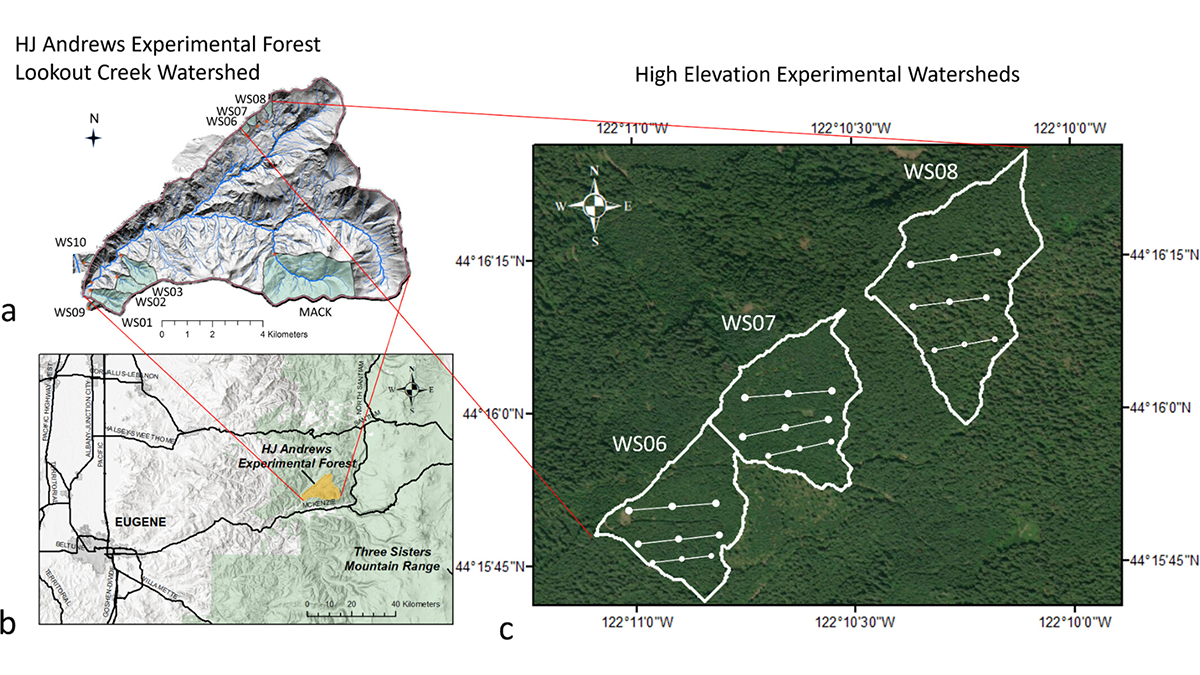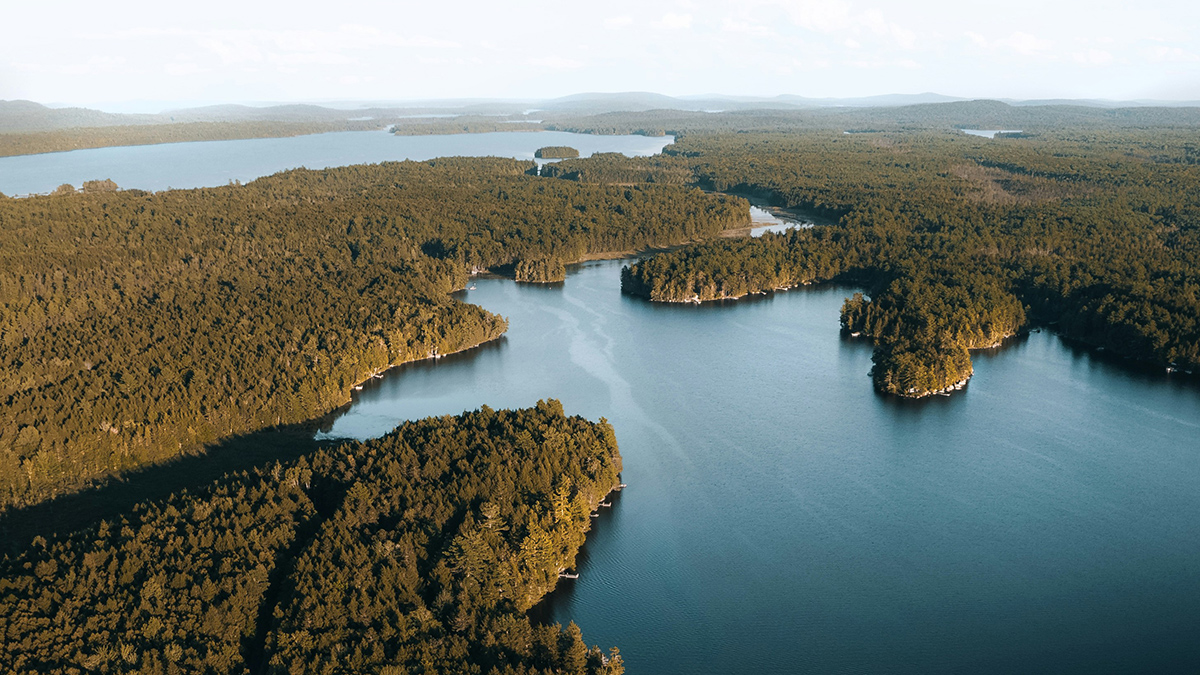Spectrally resolved radiative transfer is needed to compute reliable estimates of sunlight transmission and photolysis of molecules within plant canopies.
forests
Understanding Carbon-Water Tradeoffs in Pacific Northwest Forests
A new study documents how spruce forests differing in management and age structure influence individual tree growth, carbon stocks, and landscape-water balance in the Pacific Northwest.
Scientists Present Europe’s New Greenhouse Gas Budget
The greenhouse gas budget developed for Europe highlights carbon sources and sinks across the continent and will serve as a baseline for years to come.
Microbes in Tree Bark Absorb Millions of Tons of Methane Each Year
New findings suggest that reforestation efforts could have a bigger—and more positive—climate impact than previously estimated.
Wissenschaft verknüpft den Wald mit dem Internet der Dinge
Ausgestattet mit rund 10,5 Mio. Euro an Forschungsgeldern werden Forschende neuartige Sensoren zum Einsatz bringen, die der Assimilation von Daten in Echtzeit und der Erstellung von Modellen dienen, die die Auswirkung von Klimaveränderungen auf Waldgebiete abbilden.
Extreme Wildfires Are Getting More Extreme and Occurring More Often
The world’s most energetic wildfires have doubled in intensity and number over the past 2 decades, with climate change and land management likely to blame.
New Model Can Better Predict Areas Vulnerable to Forest Fires in India
Researchers incorporated local atmospheric parameters and terrain data to more accurately estimate the probability of fire in a specific area.
The Invisible Hand of Carbon Dioxide on Forest Productivity
A statistically robust approach applied to long-term flux measurements quantifies forest ecosystem response to increasing atmospheric carbon dioxide, providing a valuable benchmark for climate models.
Carbon Offset Programs Underestimate the Threat of Hurricanes
A single hurricane in New England could wipe out millions of metric tons of forest carbon.
Forests, Water, and Livelihoods in the Lesser Himalaya
Complex changes in land use, land cover, climate, and demographics are combining to stress water security for millions of people in the region.










